Maintaining proper tire inflation is relatively simple and essential to the overall tire performance of your vehicle. A properly inflated tire will provide longer life, quicker steering response, better fuel efficiency and a smoother ride than an improperly inflated tire. Both underinflation and overinflation can cause headaches like premature treadwear and possible tire failure. The best way to ensure you're getting the most out of your tires is to check your tire pressure on a monthly basis.
Knowing how to use a tire pressure gauge is very simple. Here’s how to check tire pressure and refill your tires.
Items You Need When Checking Tire Pressure
Tire pressure gauge
Air compressor
Pen and paper
Your tire pressure gauge can be digital or standard. Auto parts stores typically carry both. Many auto parts stores sell portable air compressors that run from your car battery or 12v power port. Alternatively, you can use the air compressor found at most gas stations. They usually cost $0.50 or $1.00 to use.
Vehicle manufacturers specify PSI – literally “pounds per square inch” of pressure – assuming tires are cold. Tires are considered cold when the vehicle has been parked for three hours or more, or if the vehicle has been driven less than a mile (1.6 km) at moderate speed. PSI is the unit your pressure gauge uses to provide readings.
Look on the driver’s side door jamb or your owner’s manual to find the recommended cold tire PSI for your front and rear tires. If you cannot find it, you should consult your vehicle dealer, manufacturer, or a qualified tire professional.
If your front and rear tires require different pressure levels, write down the correct PSI for each to avoid getting confused as you move around your vehicle checking tire pressure.
Remove the valve cap from one of your tires. Then place the pressure gauge on the valve stem and press down hard enough so the hiss sound disappears and your gauge provides a reading. With a standard gauge, the air pressure will push a small bar out from the bottom of the gauge. Measurement units are etched into the bar. A digital gauge will show you the reading on a screen.
Write down the reading and repeat this process for all four tires.
Use an air compressor to refill any tires with low pressure. Many air compressors are different, so read directions carefully to be sure you’re using it correctly.
If you’re using the air compressor at a gas station, be sure to park so that the hose will reach all four tires. Insert change into the machine until you hear the motor running. Fill each tire by placing the end of the hose over the valve stem and pressing on the lever.
Using a gas station air compressor means your tires might be “hot. ” If it is necessary to adjust inflation pressure when tires are “hot”, set their pressure to 4 psi (14 kPa) above the recommended cold inflation pressure. Recheck the inflation pressure when the tires are cold.
” If it is necessary to adjust inflation pressure when tires are “hot”, set their pressure to 4 psi (14 kPa) above the recommended cold inflation pressure. Recheck the inflation pressure when the tires are cold.
After filling your tires, use the gauge to check pressure again. At this point, it’s ok if you overfilled the tires because you can always let some air back out. Never drive on overinflated tires. Overinflation can result in decreased traction, premature wear, and decreased impact absorption.
Make the above procedure a monthly ritual. Regularly checking your tire pressure is the best way to ensure your tires never dip far below the optimal PSI.
Accuracy matters and you should keep that in mind when choosing a gauge. For just a few dollars, you can find a quality, accurate tire pressure gauge that gives accurate readings. If you’re not sure which one to purchase, ask a professional technician which he or she prefers.
A digital tire pressure gauge will provide accurate readings, but don’t forget that it operates on a battery. If you think having to replace the battery will prevent you from using it, it’s best to go with a standard gauge.
It’s best to use your personal tire gauge versus those available attached to air hoses at service stations. Of all the pressure gauges out there, they’re the most likely to be weathered, and possibly inaccurate.
There’s never a good time for a flat. That’s why Bridgestone DriveGuard tires are masterfully engineered to keep you moving for up to 50 miles at speeds up to 50 MPH without disruption.
There’s never a good time for a flat. That’s why Bridgestone DriveGuard tires are masterfully engineered to keep you moving for up to 50 miles at speeds up to 50 MPH without disruption.
See Details Find Your Fit
Hide Show
Sell/Trade Us Your Car | Click Here To Learn More
Your tire pressure light provides a critical reminder to restore the pressure in your vehicle's tires when it gets low. You should only attempt to reset the light after first addressing the tire pressure in every tire. Once your tires are at the appropriate pressure, the light may go off on its own. If it doesn't go off right away, driving at 50 mph for about 10 minutes should help the tire pressure sensor reset.
You should only attempt to reset the light after first addressing the tire pressure in every tire. Once your tires are at the appropriate pressure, the light may go off on its own. If it doesn't go off right away, driving at 50 mph for about 10 minutes should help the tire pressure sensor reset.
If the tire pressure light is still on, there are a few more tricks you can try:

TPMS stands for Tire Pressure Monitoring System. The tire pressure light is one component of this electronic system, providing a visual alert when your tire pressure is low. The TPMS monitors tire pressure using either an indirect or direct method.
An indirect TPMS measures the rate of revolution for each wheel. If a wheel starts spinning faster than anticipated, the system signals to your vehicle's computer that something is amiss with the tire rotation, and your tire pressure light comes on. You must manually reset the monitor in an indirect TPMS system.
A direct TPMS uses pressure monitoring sensors in each tire to monitor tire pressure exactly. This is a more accurate alternative to an indirect TPMS system. The batteries inside these sensors will last for about 10 years. Direct TPMS systems reset automatically after tire inflation or rotation. You do need to have these sensors resynchronized when you get new tires, which requires a special tool.
Direct TPMS systems reset automatically after tire inflation or rotation. You do need to have these sensors resynchronized when you get new tires, which requires a special tool.
Yes, cold weather will affect the air pressure in your tires. Your tires lose one or two pounds per square inch (PSI) for every 10 degrees that the temperature drops. Cold air condenses while warm air expands. Therefore, the colder air in your tires will take up less space in lower temperatures.
You may find that your TPMS light is only illuminated for a short time in the morning on particularly cold days. After about 20 minutes of driving, the air will often warm up and expand, restoring proper pressure in your tires. If the light stays on after 20 minutes on the road, you should add air to your tires as needed to restore the proper pressure. Low tire pressure is hazardous for your vehicle regardless of the cause.
When the tire pressure monitor light is on, the first thing you should do is check the pressure in each of your tires, including the spare. Check the manufacturer's recommendation to determine the appropriate pressure for each tire. This is typically between 30 and 35 PSI but may vary. You should measure tire pressure when the tires are cold, which means they have not been driven in the last three hours.
Check the manufacturer's recommendation to determine the appropriate pressure for each tire. This is typically between 30 and 35 PSI but may vary. You should measure tire pressure when the tires are cold, which means they have not been driven in the last three hours.
To check the pressure, simply unscrew the valve cap and insert a tire gauge into the valve stem. The gauge will provide a clear reading. Replace the valve cap when you're finished. If your tires are all at the appropriate pressure, there's a malfunction with your TPMS. Bring your vehicle to an authorized dealership service center to diagnose and resolve the issue.
If the tire pressure monitor light is on, you should check your tire pressure as soon as possible. Low tire pressure creates a serious hazard on the road. According to the National Highway Traffic Safety Administration, 738 people died in tire-related crashes in 2017. When tire pressure is low, the tire has more contact with the road.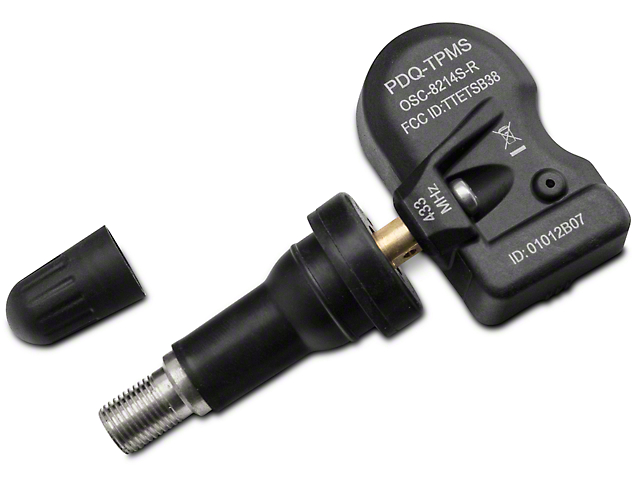 This may cause the tire to overheat, leading to tread separation, excessive tire wear, or a blowout.
This may cause the tire to overheat, leading to tread separation, excessive tire wear, or a blowout.
Low tire pressure also wreaks havoc on your fuel efficiency. You can save up to 11 cents per gallon simply by keeping your tires properly inflated. You'll also save money on tire replacements with adequate inflation. Keeping your tires properly inflated can add 4,700 miles to the tire's average lifespan.
The tire pressure monitor light gives you valuable information and should not be ignored.
You do not necessarily need to have your TPMS sensors replaced with new tires, but this is a good time to check them and make sure they're still in good condition. If you have an indirect TPMS system, your mechanic will need to manually reset the sensors after changing your tires. If you have a direct TPMS system, no additional maintenance is required to reset the system.
A new TPMS system will typically last for about 10 years before the batteries run out. If you have an older vehicle, you may need new sensors every five or six years. Your mechanic can advise you on the best time to replace TPMS sensors for your vehicle. When new sensors are installed, the system must relearn the location of each tire, which requires a detailed series of technical procedures. You should leave this task to a professional.
If you have an older vehicle, you may need new sensors every five or six years. Your mechanic can advise you on the best time to replace TPMS sensors for your vehicle. When new sensors are installed, the system must relearn the location of each tire, which requires a detailed series of technical procedures. You should leave this task to a professional.
If you need tire service for your Toyota, come to Kings Toyota for prompt, reliable service. Our highly-trained technicians are equipped to assist with any type of tire issue, whether you need new tires or have a malfunctioning tire pressure sensor light. Make your appointment today.
First Name*
Last Name*
Contact Me by*
EmailPhone
Not so long ago, scientists from different countries conducted an experiment, during which it was revealed that only a small part of vehicle owners check the amount of atmosphere in the chambers before going on a trip.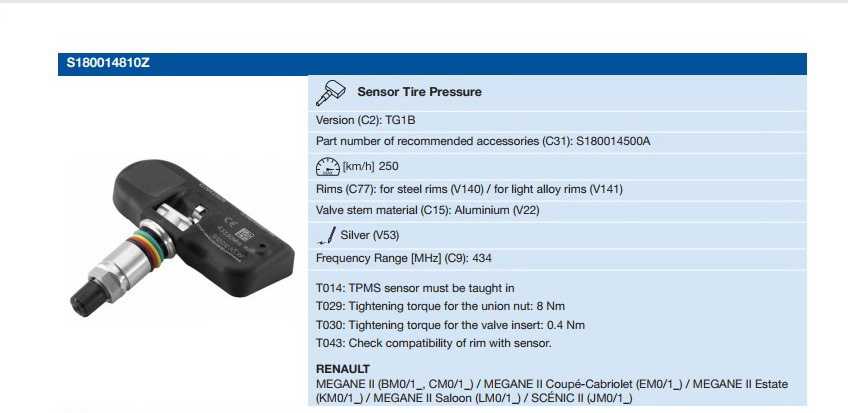 Meanwhile, it is insufficient or excessive pressure that often causes increased fuel consumption, uncomfortable driving, or leads to an accident.
Meanwhile, it is insufficient or excessive pressure that often causes increased fuel consumption, uncomfortable driving, or leads to an accident.
The TPMS system comes to the rescue, designed to control the amount of atmosphere in the chambers and signal malfunctions in a timely manner. When the tires are properly inflated, the special warning sensor does not light up. However, in some situations, the light comes on. A constantly burning signal will begin to annoy even the calmest driver, especially if the amount of atmosphere in the chambers is ideal. A few simple manipulations will help fix the sensor error, and a couple of tips will tell you how to properly configure the TPMS system. nine0003
The TPMS sensitively monitors the amount of atmosphere in each chamber. However, to avoid possible troubles, it is important to know that the indicators are working properly. No, for this you do not have to constantly run around the car with a variety of measuring instruments.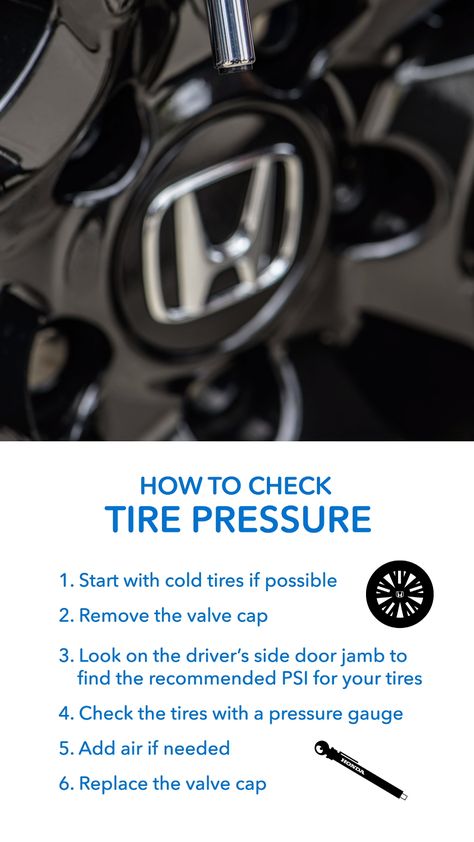 You just need to regularly adjust the device.
You just need to regularly adjust the device.
It is important to remember that for each particular car model, the sensor manufacturer has set its own values for a particular season. It is these characteristics that must be given to the TPMS system. nine0003
Manipulations are quite simple and do not require special experience. It all depends on which variety is used:
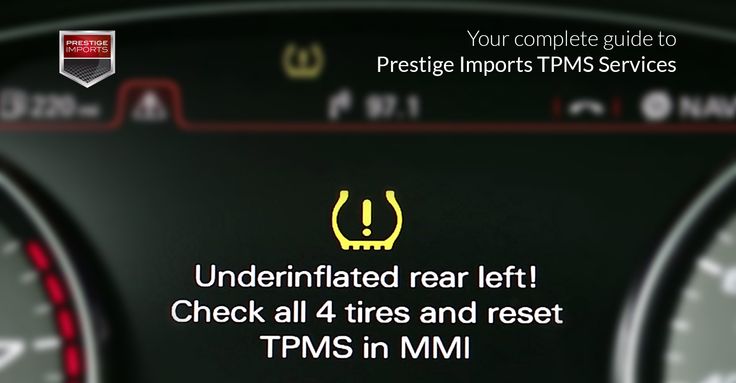 If at least one indicator is not defined, you will have to reinstall the sensors so that they match the values indicated on the screen. nine0018
If at least one indicator is not defined, you will have to reinstall the sensors so that they match the values indicated on the screen. nine0018 To prevent the light from flashing again for no reason, it is important to set up the device every time you make a change. For example, if the old wheels were replaced with a new set, balancing was done and so on. nine0003
The TPMS is easy to use. The main thing is to carefully study the attached instructions and make sure that the number of atmospheres in the chambers matches those recommended by the manufacturer.

@Firedis.com
External and mechanical models are disabled by removing the sensors, because without removing them, you will not be able to turn off the system. There are several ways to render TPMS useless:
The following manipulations can also help to eliminate the error in the system:
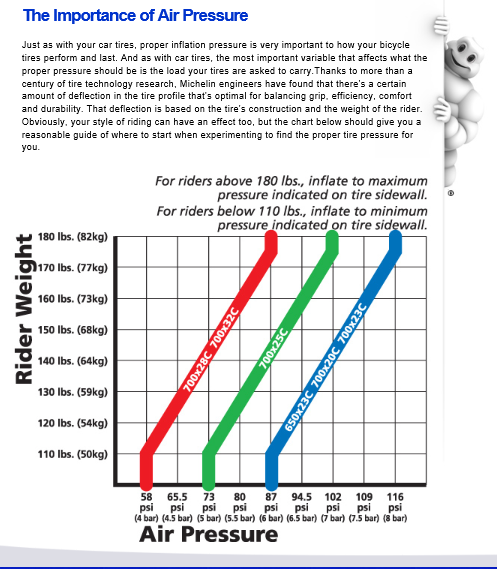 The specific value can be found by looking at the instruction manual. nine0018
The specific value can be found by looking at the instruction manual. nine0018  However, to do this, you will have to completely de-energize the device by removing the negative terminal from the battery.
However, to do this, you will have to completely de-energize the device by removing the negative terminal from the battery. TPMS is definitely useful and easy to use. But even modern devices have some drawbacks that may force the driver to dismantle the product. nine0003
So, tire pressure monitoring has the following disadvantages:
@Creta-fan. ru
ru
Sometimes the above methods of turning off the sensors are not able to solve the problem. In this case, the first step is to check the health of the indicators. To do this, it is better to contact a specialized workshop or an authorized dealer. The most common reason for indicators not working correctly is damage to the device. nine0003
Thus, instruments can be damaged:
In some cases, the sensors may turn on by themselves, indicating a serious problem. Provoke incorrect operation can:
In the latter case, the ABS indicator will also come on.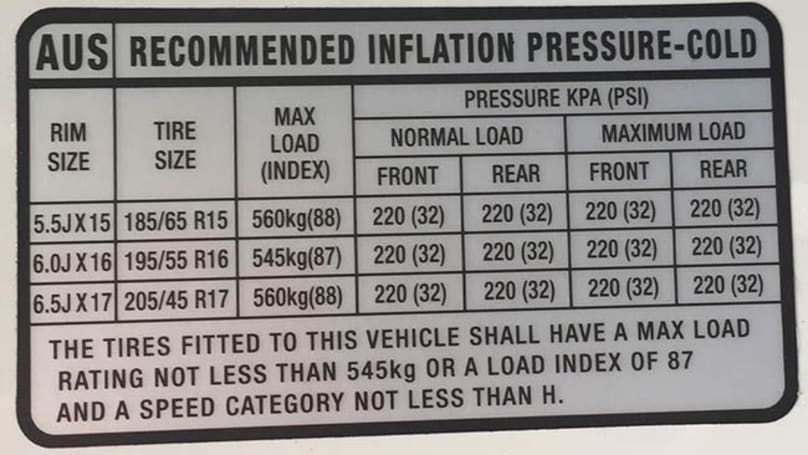 This suggests that the car needs to be diagnosed in a specialized center where employees will find and fix the problem.
This suggests that the car needs to be diagnosed in a specialized center where employees will find and fix the problem.
The constantly lit TPMS indicator is an annoying factor for any car enthusiast. Even if everything is fine with the wheels, a faulty indicator deprives the vehicle owner of control over the true amount of atmospheres in the chambers. After all, if the light is on all the time, the motorist will not receive an alert when the camera is really faulty. And this factor already directly affects not only the comfort, but also the safety of the driver and passengers. Therefore, it is important to establish the causes of the malfunction and fix the problem in time. nine0003
Rate this article
0
Like this article? Share with friends:
Pressure in wheels
9000 in automobile tires provides reliable controllability of the car, increases the service life of tires and reduces fuel consumption. nine0003
nine0003
These are special small-sized devices mounted on wheels to monitor tire pressure (and sometimes temperature).
There are several types of pressure sensors:
The design and operation of such devices depends on the type of tire pressure monitoring system used.
These are miniature pressure gauges that measure air pressure in tires. Structurally, they are made in the form of a transparent cap screwed onto the nipple instead of the usual protective one. With the help of pistons of a certain color, they give out a corresponding signal: if the pressure is more than 2 bar - green, from 1 to 2 bar - yellow, less than 1 bar - red.
Among these tire pressure monitoring systems, the simplest sensors are the fairly common ABS brake system that monitors wheel speed. A flat tire reduces the outside diameter of the tire, causing it to spin faster and increase its internal temperature. Tracking these parameters, which are nominally installed and programmed as necessary, the sensors transmit information to the on-board computer, which generates an appropriate signal. In this case, the installation of any additional equipment is not required. nine0003
A flat tire reduces the outside diameter of the tire, causing it to spin faster and increase its internal temperature. Tracking these parameters, which are nominally installed and programmed as necessary, the sensors transmit information to the on-board computer, which generates an appropriate signal. In this case, the installation of any additional equipment is not required. nine0003
More accurate are electronic devices that directly measure the air pressure in the tire. Each of them has its own power supply (small-sized battery) and is connected via a radio frequency channel (Bluetooth) to a control and/or signaling unit.
These sensors can be mounted outside the wheel on the spool instead of the protective cap. But more often they are built into the tubeless tire instead of regular nipple fungi or simply attached to its inner surface. nine0003
As a control and indication element, a separate block with elements of light and / or sound signaling, or a mobile device (for example, a regular smartphone) with special software installed on it can be used.
Installing mechanical sensors is not difficult even for a novice car enthusiast. To do this, just unscrew the standard caps on the wheels and put the purchased devices in their place. nine0003
Electronics can be trickier. If the system provides for the use of external sensors, then their installation is also easy. The only difficulty can be caused by connecting the control unit if it does not have autonomous power from the built-in accumulator or battery.
To install the internal electronic sensor, it is necessary to disassemble the tire and insert the device in place of the standard nipple fungus. It is difficult to do this at home, because after beading a tubeless tire, it must be inflated at high pressure so that the edges of the tire immediately sit on the disc. This will require a compressor, which is unlikely to be available in the garage of an ordinary motorist. nine0003
After installing the sensors on the wheels, it is necessary to connect the control unit and / or alarm and configure the system as a whole - “register” each element so that the signal from it is visible to the control unit or on-board computer.